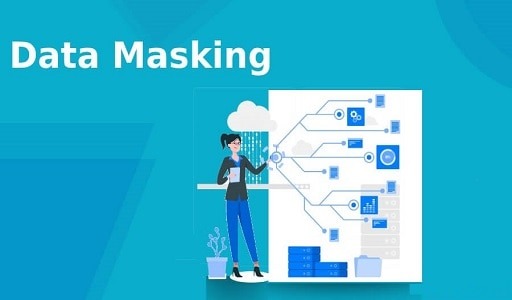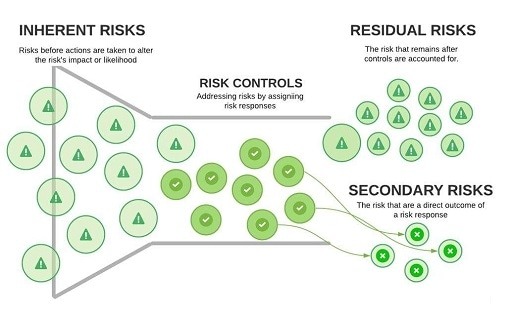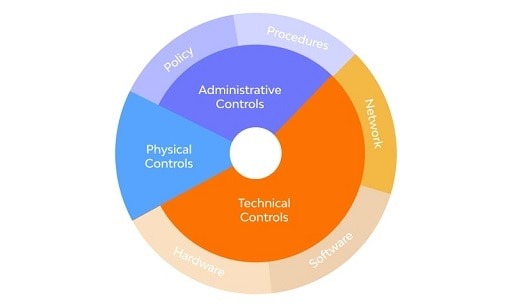Relational database management: For the last several years, many of the enterprise database solution providers have attempted to narrow down the fine line between the concepts of database ‘backup’ and ‘archive.’
However, archives and backups actually serve different purposes and so need to be treated in different ways. Backups are meant to be the mechanisms for data recovery. On the other hand, archives are meant for storing data over a longer period of time and are not treated as a mechanism for disaster recovery.

Due to this distinction between backup and archiving and the fact that archived data should not be modified. Some organizations do not back up their archives.
However, it is possible that archives may fail and result in a complete loss, as with any other type of IT system. Even though traditional backups are not appropriate for archiving, you have to keep a copy of the archived data.
An organization that keeps its data archived on the storage may use replication to ensure that a copy of it exists. Let us further explore some of the do’s and don’ts in terms of data archiving.
You can also read: Online Database Applications for Enterprises – Reviewing Some Standard Use Cases
Do not configure data archive storage with a single point of failure
Most of the open archives of enterprise data are treated as an afterthought. This is considered to be a requirement of the operations. Archives are filled with important data; however, as these are not frequently accessed, there is pressure to use the least important storage solution to store it. This may be a mistake.
If an organization’s archive system fails, it is possible to lose a huge volume of historical data. Even if a single component fails, it may not cause complete data loss.
However, it may result in some downtime for the archiving system. As such, it is also important to construct an archiving system in such a way that it prevents any of the components from being a single point of failure. Ensuring this will help prevent complete data loss or outage of the operations.
Establish some clear-cut policies to define what type of data has to be stored and archived: Relational database management
For example, in the case of healthcare and financial sectors, the volume of data archived may be really huge. There may be a big cost associated with storing such a huge amount of data.
Enterprises may typically try to cut down on this cost by using various types of tires for storage. For example, archives may be spread among different storage as removable media, cloud storage, disk space, etc., each of which may be acting as a uniquely different storage tier.
In this case, it is important to have some governing policies in place, which will guide what different tiers of storage are meant for. Such policies must be based on the criticality of data, volume, and age of each data set. In the specific use of a healthcare provider.
They may want to store their patient health information from the last five years on a disc and have it be instantly accessible while storing data older than five years on the cloud.
This well-defined storage tier approach may help organizations keep their latest data quickly accessible while reducing storage costs for older data. For data backup and archiving needs, you can avail reliable services of RemoteDBA.com.
Do not treat entire data as same when it comes to archiving
As it is important to have some guiding policies that define how different types of storage are used for archiving the data. It is also critical to consider it as an error to treat all data equally.
When it comes to archiving, the nature of data tends to vary largely based on the type of data. As per expert advice, the data variances are primarily based on the retention requirements.
As in the above-discussed use case, healthcare providers may have internal operational requirements that need to retain patient information for ten more years after the patient’s death.
The same facility may also need to keep some financial data related to the patient’s care for five years after the demise of the patient. So, the requirement may vary from case to case.
When it comes to archiving, it is also crucial not to avoid the fact that some of the data need not be archived. For instance, in the healthcare sector again. We may not need long-term archiving of marketing materials and some presentations, etc., unless these are current operational requirements.
Do take some steps to automate lifecycle management of data archives: Relational database management
Irrespective of the size of the enterprise, it needs to be considered realistically that the data archiving process cannot be done manually. For many reasons, manual archiving may be highly impractical. For beginners, manually archiving data may be a largely labor-intensive task.
Even though this process may seem manageable initially, it becomes nearly impossible as data grows exponentially. Relational database management
So, even if the process somehow remains manageable for a certain period of time. Manual data archiving is a very poor choice to make. Another major reason you have to consider automating data management is that it may be difficult to consistently execute manual archiving.
Performing lifecycle management of data manually is not a task that organizations may perform on a daily basis. So, it is very much possible for the IT staff to forget about the periodic need to manage data.
There is one reason why data lifecycle management cannot be done manually. It is so easy for data to be moved to the wrong storage by mistake when done manually.
In the case of critical data, there may be some severe consequences for mishandling it. An investment in implementing automation software for data lifecycle management can surely bring the best return on investment over time in terms of saving labor costs. And also avoiding any potential errors and costly delays. Relational database management
Some other critical considerations also include assessing the benefits and risks of different storage solutions. And exploring as many options as possible when trying to automate the storage practices. Once you are fully aware of the risks and benefits of properly doing database lifecycle management and archiving. We can also use various tools available to accomplish this task perfectly.
Would you like to read more about the database-related articles? If so, we invite you to take a look at our other tech topics before you leave!










